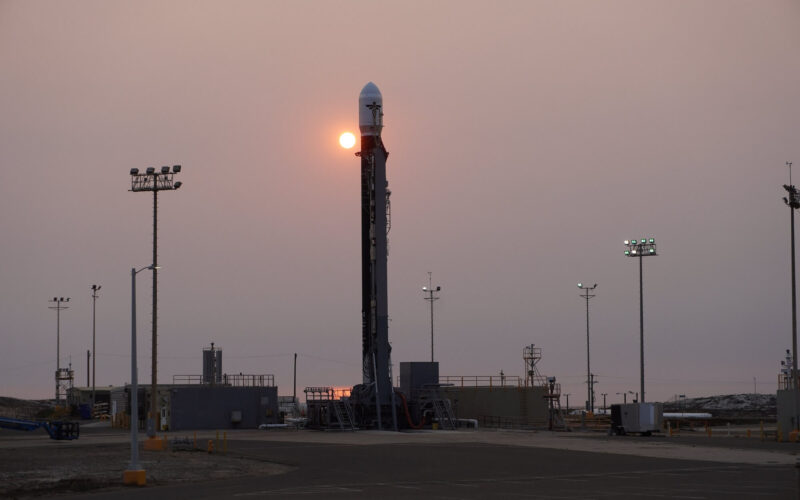Firefly Aerospace failed to launch into orbit its Alpha rocket on September 3, 2021. The launcher exploded mid-air.
Despite a postponed countdown, all seemed fine when the four Reaver engines ignited and the rocket ascended above the Vandenberg Space Force Base in California, the United States. But throughout the flight timeline, its acceleration appeared much slower than initially anticipated.
Finally, two minutes into the flight, the rocket started oscillating left and right before doing a complete u-turn, with its engines facing forward. This triggered the spacecraft’s self-destruction system, resulting in an explosion.
Firefly’s Alpha rocket suffered an anomaly after liftoff. @NASASpaceflight pic.twitter.com/H1R2eDTACE
— Jack Beyer (@thejackbeyer) September 3, 2021
The launcher was carrying thirty microsatellites for education entities from various countries. But given the risk associated with every first launch, those services were offered for free.
“While we did not meet all of our mission objectives, we did achieve a number of them: successful first stage ignition, liftoff of the pad, progression to supersonic speed, and we obtained a substantial amount of flight data,” Firefly wrote in a statement. “Our engineers are currently combing through thousands of lines of ground and flight system telemetry in order to better understand what occurred.”
The Texas-based space company has had a tumultuous past. Born Firefly Space Systems, it initially envisioned a launcher using an aerospike nozzle design. Unlike conventional “bell” nozzles that let burnt gases run free, aerospike nozzles channel combustion gases against a ramp to optimize the efficiency of the propulsion.
But the company failed to raise enough money and in 2017, it declared bankruptcy and was liquidated. After one of its primary shareholders bought back its assets, the company was recreated as Firefly Aerospace, and the aerospike idea was traded for a more conventional design.
Firefly Aerospace will soon try its luck again, with a second launch scheduled to take place before the end of 2021.

